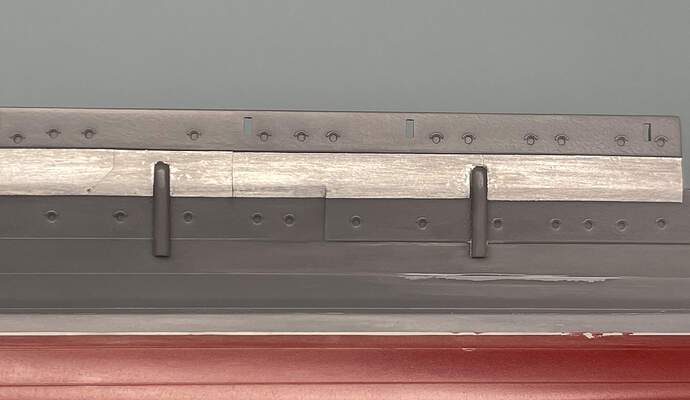Greetings shipbuilders  It is time to embark on a new project I have been planning for many months! This will be my first model ship in about 15 years, and the first one with an appreciable level of detail (last ship model was the Lindberg HMS Hood when I was 8). As a newbie to the subject matter, any tips, comments, constructive criticisms are appreciated and encouraged.
It is time to embark on a new project I have been planning for many months! This will be my first model ship in about 15 years, and the first one with an appreciable level of detail (last ship model was the Lindberg HMS Hood when I was 8). As a newbie to the subject matter, any tips, comments, constructive criticisms are appreciated and encouraged.
The subject: IJN Mogami [最上], circa 1942 en route to Midway.
This subject was initially chosen out of a fascination for the design aesthetic of imperial Japanese warships, especially the upswept bow, linoleum decks, and unique funnel shapes.
A brief historical background from Wikipedia:
“Mogami (最上) was the lead ship in the four-vessel Mogami class of heavy cruisers in the Imperial Japanese Navy. She was named after the Mogami River in Tōhoku region of Japan. The Mogami-class ships were constructed as “light cruisers” (per the Washington Naval Treaty) with five triple 155 mm dual purpose guns. They were exceptionally large for light cruisers, and the barbettes for the main battery were designed for quick refitting with twin 8-inch guns. In 1937 all four ships were “converted” to heavy cruisers in this fashion. Mogami served in numerous combat engagements in World War II, until she was sunk at the Battle of Leyte Gulf in October 1944.
Built under the Maru-1 Naval Armaments Supplement Programme, the Mogami-class cruisers were designed to the maximum limits allowed by the Washington Naval Treaty, using the latest technology. This resulted in the choice of the dual purpose (DP) 15.5 cm/60 3rd Year Type naval guns as the main battery in five triple turrets capable of 55° elevation. These were the first Japanese cruisers with triple turrets. Secondary armament included eight 12.7 cm/40 Type 89 naval guns in four twin turrets, and 24 Type 93 Long Lance torpedoes in four rotating triple mounts.
To save weight, electric welding was used, as was aluminum in the superstructure, and a single funnel stack. New geared impulse turbine engines, driving four shafts with three-bladed propellers gave a top speed of 35 knots (65 km/h; 40 mph), which was better than most contemporary cruiser designs and the Mogami class had twin balanced rudders, rather than the single rudder of previous Japanese cruiser designs.
The class was designed from the start to be upgraded into heavy cruisers with the replacement of their main battery with 20 cm/50 3rd Year Type naval guns in twin turrets.
However, in initial trials in 1935, Mogami [最上] and Mikuma [三隈] were plagued with technical problems due to their untested equipment, welding defects, and also proved to be top-heavy with stability problems in heavy weather. Both vessels, and their yet-to-be-completed sisters, Kumano [熊野] and Suzuya [鈴谷] underwent a complete and very costly rebuilding program. Once rebuilt, the design, with its very high speed, armor protection, and heavy armament was among the best in the world during World War II.”
And some additional information off of the top of my head: 
The Mogami had the distinction of probably achieving the most effective torpedo run in history at the battle of Sunda Strait, launching a spread of 6 torpedoes at HMAS Perth and USS Houston. The torpedoes missed and sunk 4 friendly transport ships and a minesweeper.
Mogami collided with its sister ship Mikuma during the nighttime retreat from Midway, losing half her bow and crippling Mikuma in the process. They were caught by American dive bombers the next day, and Mikuma was sunk. The seriously damaged Mogami limped back to Japan and was modified into an aircraft carrying cruiser.
Mogami was present at the scene of the spontaneous detonation of battleship Mutsu’s magazine at Hashirajima, and helped rescue survivors.
During the retreat from the night battle at Surigao Strait, the cruiser Nachi collided with Mogami, flooding Mogami’s steering room and causing her to fall behind. The Mogami was caught by American carrier aircraft the next day and abandoned, then scuttled by the destroyer Akebono.
The wreck of the Mogami was discovered by RV Petrel on May 8, 2019.
The model:
Tamiya is the only option for a 1/350 Mogami class cruiser. I picked the 1942 version as I’m not a fan of the aircraft cruiser aesthetic.
I have also acquired the following aftermarket parts:
MK1 Design “Photo-etch Detail-up Set” IJN Mogami (1941)
Flyhawk WWII IJN Aircraft Carrying Cruiser Mogami “Super Detail” (1943)
Veteran Models IJN 6cm, 8cm, 12cm Binocular set with Voice Pipes
Veteran Models IJN Fire Control Set
Veteran Models IJN Observation Device Set
Veteran Models IJN Type 96 25mm Twin AA Guns
Veteran Models IJN Type 89 12.7cm 40 AA Guns
Veteran Models IJN Searchlight Set
Black Cat Models 13.2mm Twin AA Guns
Master Model 203mm (10) and 127mm (8) Brass Barrels
Veteran Models IJN Ammunition Box photo etch
Big Blue Boy IJN Rigols photo etch
Flyhawk Exhaust-only Ventilators III
Orange Hobby IJN Type 93 Torpedo (2)
Reference books:
Mechanism of Japanese Warships: Heavy Cruisers
Gakken Pictorial Vol. 38
Maru Special No. 10
Materials I wish I had but can’t seem to get me hands on:
Lion Roar 1942 Mogami Photo Etch
Eduard 1935 Mikuma Superstructure Photo Etch
Super Illustration No. 819 Mogami (2011)
Japanese Cruisers of the Pacific War (1997, L&W)
Plans of Ships of the Imperial Japanese Navy, History of Shipbuilding in Showa Era (1975)
I fully expect this to be a multi-year project full of ins, outs, and what-have-yous, so strap in for a long journey 

Marty

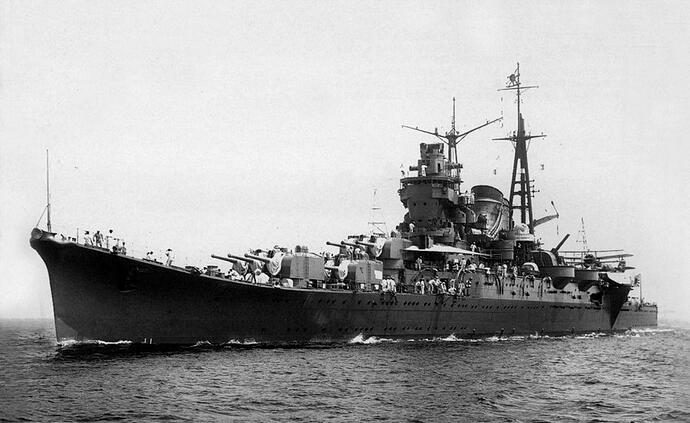

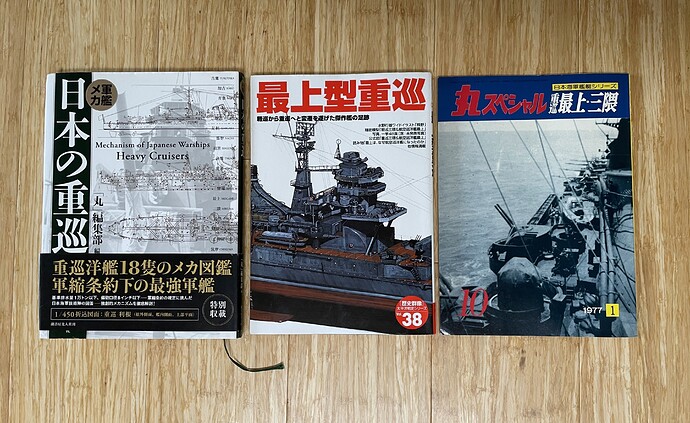







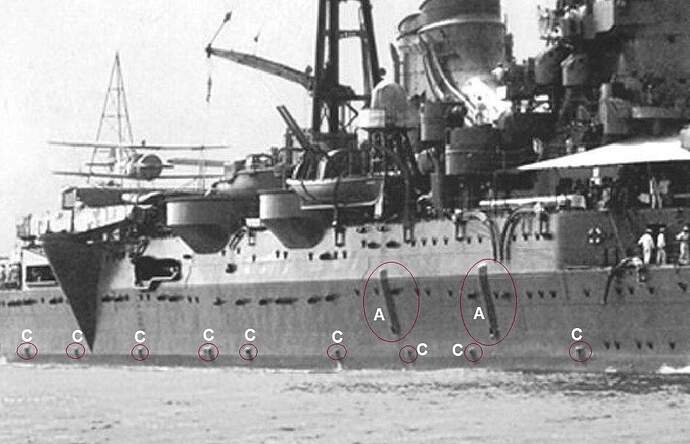

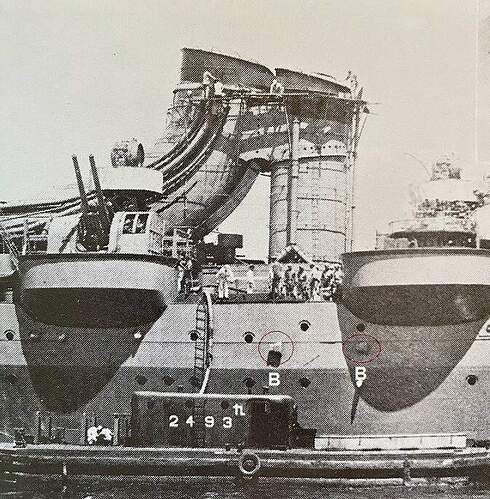
















 The carving method shown here tended to yield a thicker edge of about 0.003” to 0.004”.
The carving method shown here tended to yield a thicker edge of about 0.003” to 0.004”.


 I think if I focus on detailing the bow and stern area I can strike a happy medium. Also I can add plating details to the bottom of the hull anytime before painting so nothing wrong with kicking that can down the road, and leaving the option open.
I think if I focus on detailing the bow and stern area I can strike a happy medium. Also I can add plating details to the bottom of the hull anytime before painting so nothing wrong with kicking that can down the road, and leaving the option open.




 but, all good things in all good time I suppose.
but, all good things in all good time I suppose.
